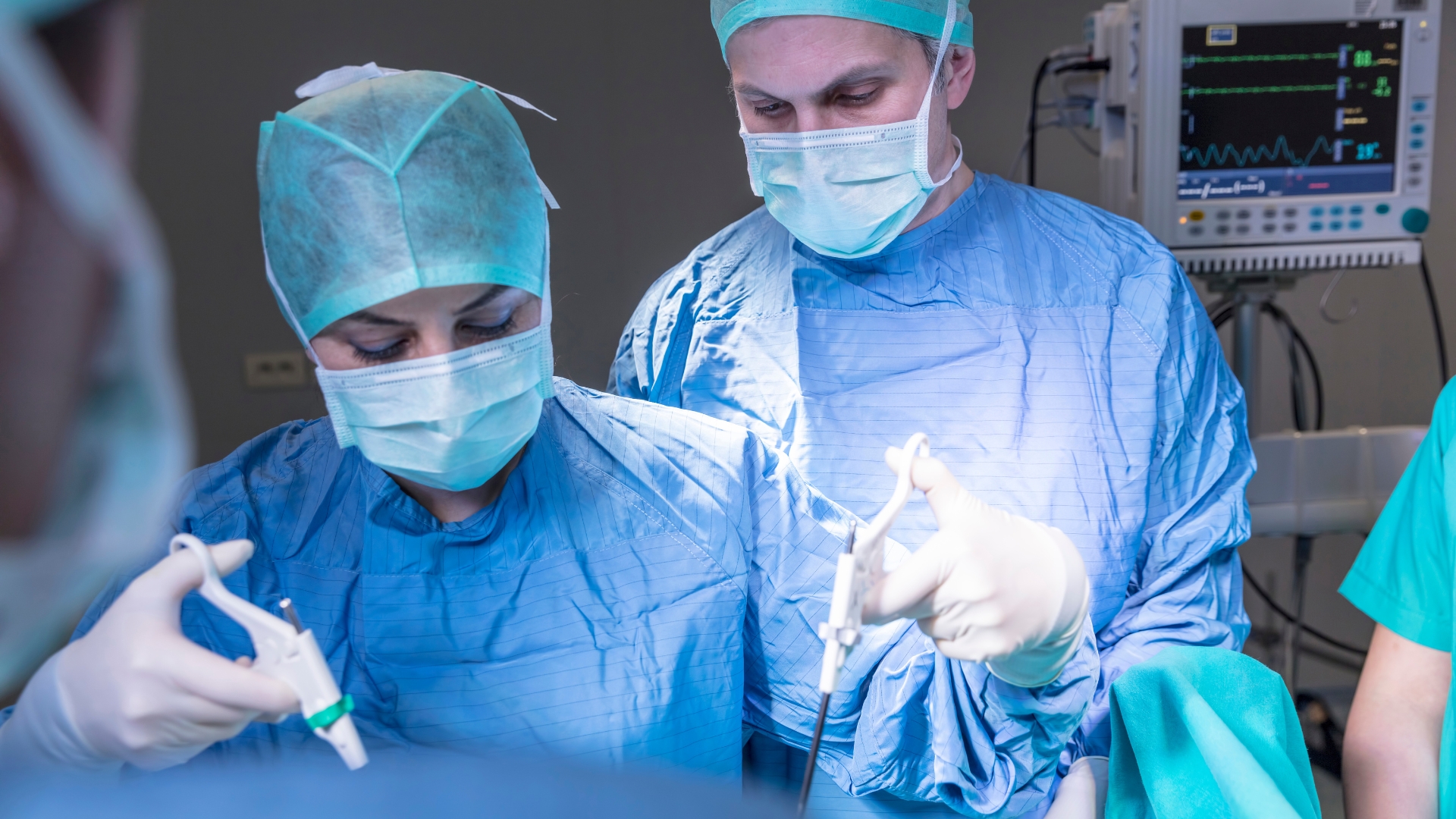Laparoscopy and Hysteroscopy

Laparoscopy and hysteroscopy are two minimally invasive surgical procedures that allow a doctor to examine the inside of the abdomen and uterus, respectively.
During a laparoscopy, a surgeon makes a small incision in the abdomen and inserts a laparoscope, which is a thin tube with a light and a camera on the end. The laparoscope allows the surgeon to see the organs inside the abdomen and perform procedures such as removing cysts or repairing damage.
A hysteroscopy is similar, but the procedure is done in the uterus rather than the abdomen. A hysteroscope, which is a thin tube with a light and a camera on the end, is inserted through the vagina and cervix into the uterus. The hysteroscope allows the doctor to see the inside of the uterus and perform procedures such as removing polyps or fibroids.
Both laparoscopy and hysteroscopy are performed under general anesthesia and typically require only a short hospital stay. They are less invasive than traditional surgery and have a faster recovery time. However, as with any surgical procedure, there are risks involved, including the risk of infection, bleeding, and damage to surrounding tissues. Your doctor will discuss the potential risks and benefits of the procedure with you before proceeding.
The process of Laparoscopy and hysteroscopy involves the following steps:
- Pre-procedure:Before the procedure, the patient will typically undergo a physical examination and may need to undergo certain tests, such as blood tests or imaging scans. The patient will also be given instructions on how to prepare for the procedure, such as fasting or avoiding certain medications.
- Anesthesia:Both laparoscopy and hysteroscopy are typically performed under general anesthesia, which means the patient will be put to sleep during the procedure. The anesthesiologist will monitor the patient's vital signs throughout the procedure to ensure their safety.
- Incision:During a laparoscopy, the surgeon will make a small incision in the abdomen, usually in the navel or lower abdomen. During a hysteroscopy, the surgeon will insert the hysteroscope through the vagina and cervix into the uterus.
- Examination:The laparoscope or hysteroscope allows the surgeon to see the inside of the abdomen or uterus and perform any necessary procedures.
- Closure:Once the procedure is complete, the incisions will be closed with sutures or staples.
- Recovery: After the procedure, the patient will be taken to a recovery room to be monitored until the effects of the anesthesia have worn off. The patient may experience some discomfort and may need to take pain medication for a few days after the procedure.
It's important to follow your doctor's instructions for post-procedure care to help ensure a smooth recovery.




